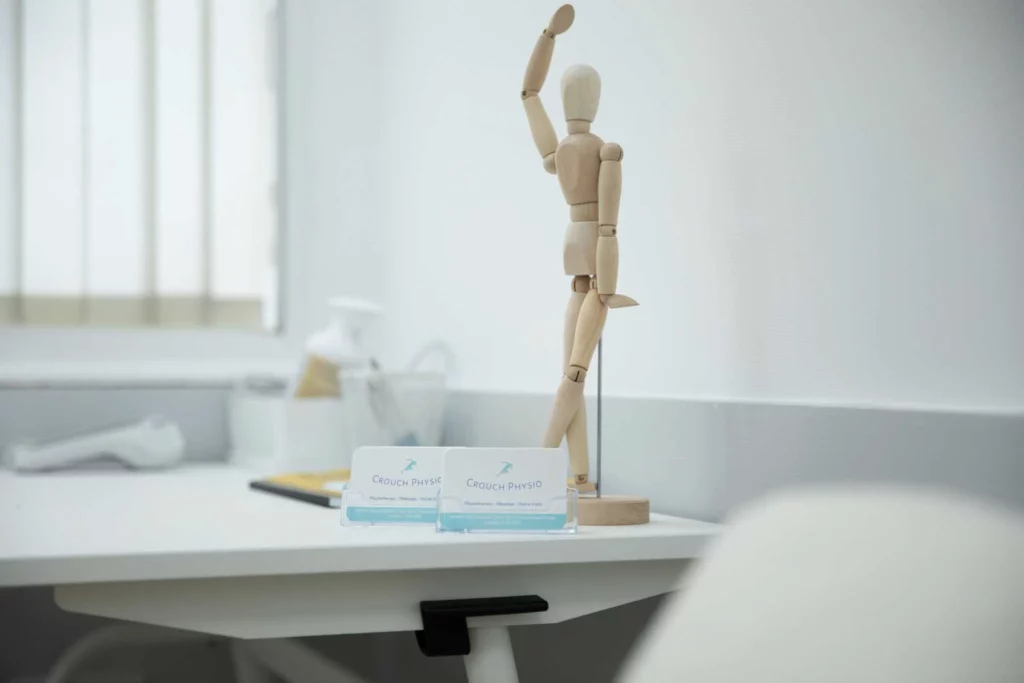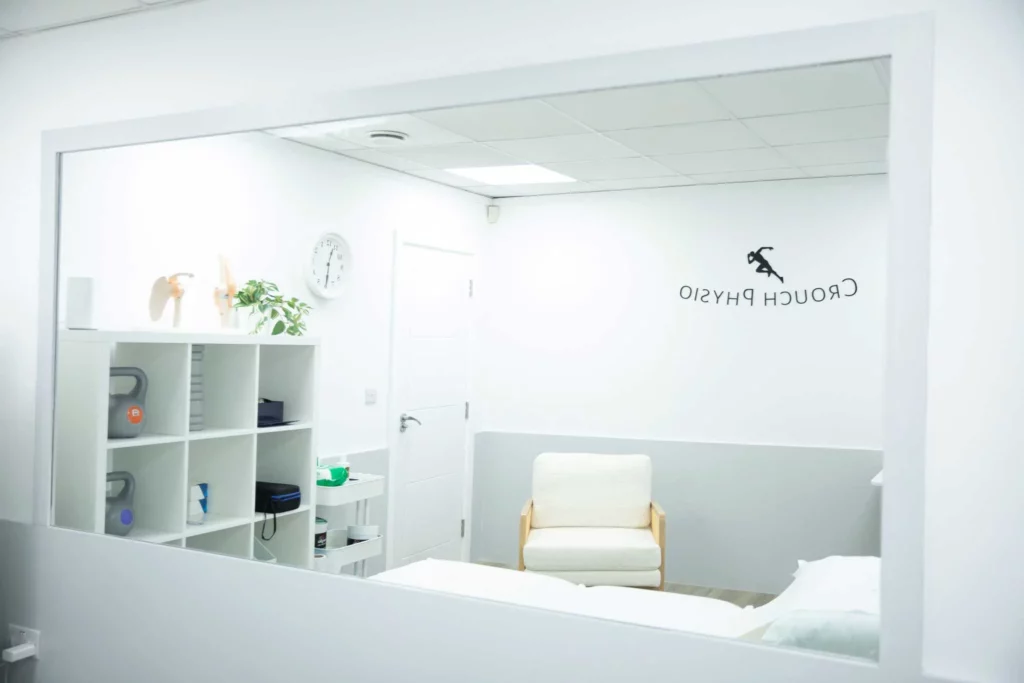So, you’ve signed up for a marathon, congrats! Whether it’s your first or your fiftieth, training smart is the key to crossing that finish line strong (and injury-free!). While most runners focus on logging miles, there’s one often-overlooked secret weapon that can make a world of difference: strength training.
The Marathon Training Basics
A solid training plan typically lasts 16-20 weeks and includes:
• Gradual Mileage Build-Up: Increase your weekly mileage steadily to avoid burnout and injury. A good rule of thumb is the 10% rule, don’t increase your weekly mileage by more than 10% to allow your body to adapt (1).
• Long Runs: These build endurance and help you practice pacing and fuelling strategies. Try to run at least one long run per week, gradually increasing the distance to peak around 18-22 miles before tapering (2).
• Speed Work: Intervals, tempo runs, and hill training improve efficiency and stamina. Hill sprints help strengthen leg muscles, while tempo runs teach your body to sustain faster paces (3).
• Recovery Days: Rest and easy runs prevent overuse injuries and aid muscle repair. Listen to your body, if you feel overly fatigued, don’t be afraid to adjust your plan.
• Tapering: Reducing mileage in the final weeks ensures fresh legs on race day. Typically, tapering lasts 2-3 weeks, with a gradual decrease in intensity and volume (4).
Why Strength Training is a Must
Many runners mistakenly think that strength training will make them bulky or slow, but here’s the truth: it makes you stronger, more efficient, and less prone to injury (5). Here’s why:
1. Injury Prevention
Repetitive motion (like running) can create muscular imbalances, leading to knee pain, shin splints, or even stress fractures. Strength training helps correct these imbalances, reinforcing muscles and joints to withstand the demands of high mileage. A strong lower body and core help absorb impact forces and improve alignment.
2. Improved Running Economy
A strong core, glutes, and legs mean better posture, less wasted energy, and a more powerful stride. This means you can run longer and faster without working as hard. Research has shown that runners who incorporate strength training can improve their running economy (6).
3. Stronger Finishing Kick
When fatigue sets in during the final miles, your muscles need the resilience to keep going. Strength training builds endurance so you can power through that last 10K without falling apart. Having strong legs and a stable core ensures that you maintain good form when exhaustion kicks in.
Strength Training for Runners: What to Focus On
You don’t need to spend hours in the gym, but incorporating two strength sessions per week can make a huge difference. Here are some key exercises:
• Squats & Lunges – Build quad, hamstring, and glute strength for a powerful push- off. Perform variations like goblet squats, split squats, and jump lunges for added benefits.
• Deadlifts – Strengthen posterior chain muscles (hamstrings, glutes, lower back) for better posture and stability. Romanian deadlifts are particularly useful for runners as they emphasise hamstring flexibility and strength.
• Core Work (Planks, Russian Twists, Hanging Leg Raises) – A strong core helps maintain form and prevent late-race fatigue. Side planks with leg lifts target obliques and hip stabilisers.
• Single-Leg Exercises (Step-Ups, Bulgarian Split Squats) – Improve balance and stability, reducing the risk of common running injuries. Running is a single-leg activity, so training one leg at a time is key.
• Calf Raises – Strengthen the lower legs to prevent Achilles and calf injuries. Try both straight-leg and bent-knee variations to target different muscle fibres.
• Hip Bridges & Clamshells – Essential for activating the glutes and preventing hip drop while running.
How to Fit Strength Training Into Your Schedule
• Easy Days: Add a short strength session after an easy run. Keep the weights moderate and focus on form.
• Cross-Training Days: Combine strength work with cycling or swimming for a low- impact workout. This maintains aerobic fitness while reducing running-specific strain.
• Post-Long Run: Avoid heavy lifting right after long runs, opt for bodyweight exercises instead. Gentle mobility work and foam rolling can also aid recovery.
• Pre-Run Activation: Short strength-based warm-ups, like banded lateral walks and glute bridges, can prime muscles for better running mechanics.
Final Thoughts
Training for a marathon is more than just running miles, it’s about building a strong, resilient body that can handle the challenge. By incorporating strength training, you’ll not only reduce your risk of injury but also improve your running efficiency, endurance, and power. So don’t skip those squats, your legs (and finish line selfie) will thank you! Stay consistent, trust the process, and enjoy the journey to race day!
Our Barnet, Cockfosters & Enfield Physio’s have tons of experience and are specialists in getting clients marathon ready. Have confidence that our specialist Physiotherapists will closely assess, diagnose & treat you in the correct & evidence-based way for all injuries. You can book an appointment here.
Blog By: Emre Oz (Musculoskeletal Physiotherapist at Crouch Physio).
References
- Nielsen, Rasmus Østergaard, et al. “Excessive progression in weekly running distance and risk of running- related injuries: an association which varies according to type of injury.” journal of orthopaedic & sports physical therapy 44.10 (2014): 739-747.
- Haugen, Thomas, et al. “The training characteristics of world-class distance runners: an integration of scientific literature and results-proven practice.” Sports medicine-open 8.1 (2022): 46.
- Coates, Alexandra M., et al. “A perspective on high-intensity interval training for performance and health.” Sports Medicine 53.Suppl 1 (2023): 85-96.
- Smyth, Barry, and Aonghus Lawlor. “Longer disciplined tapers improve marathon performance for recreational runners.” Frontiers in sports and active living 3 (2021): 735220.
- Blagrove, Richard C., Glyn Howatson, and Philip R. Hayes. “Effects of strength training on the physiological determinants of middle-and long-distance running performance: a systematic review.” Sports Medicine 48 (2018): 1117-1149.
- Berryman, Nicolas, et al. “Strength training for middle-and long-distance performance: a meta-analysis.” International journal of sports physiology and performance 13.1 (2018): 57-64.




